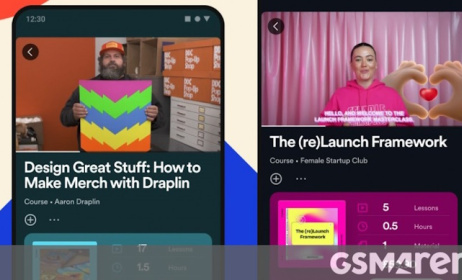Low-bandwidth mobile streaming app opens up distribution possibilities
“If content is king, then distribution is queen,” says Pierre van der Hoven, founder and CEO of Tuluntulu, the recently launched low-bandwidth mobile streaming platform.
 Graphic: www.mducomics.co.za
Graphic: www.mducomics.co.za
One of the main obstacles faced by the creators of content in South Africa is the difficulty they face in getting their content onto a public platform. Television and cinema distribution provide limited options. One of the secrets to the success of the Nigerian film industry, for example, is that it has few or no barriers to content distribution. It has several options in this regard, from straight-to-DVD business models to those that rely on the country’s myriad television platforms, to the growing use of over-the-top streaming. South Africans have far fewer options.
Developing online media could offer a solution but South Africa’s ongoing broadband shortage makes this difficult too. Traditional solutions to this problem consist of various proposals to increase broadband infrastructure – “build bigger highways”. While this is essential, it is also the more expensive and time- consuming option. Content distribution platforms can be more quickly expanded, Van der Hoven says, extending the highways metaphor, by using the infrastructure already in place and just building smaller cars. South Africa may not have an efficient high-bandwidth network just yet but it has fairly abundant coverage of low-bandwidth mobile networks such as EDGE (Enhanced Data rates for GSM Evolution).
Tuluntulu, the system developed by Van der Hoven and his team, makes use of this infrastructure to provide new channels of content distribution in South Africa and the rest of the continent.
The Tuluntulu app, which was launched in June, was developed as an answer to the question of how to distribute content on a congested, low-bandwidth network. At the cost of video and audio quality – not significant considerations on a mobile platform anyway, and certainly not when content is the main consideration – Tuluntulu will provide a place for content creators to broadcast their material to a receptive audience.
As it currently stands, the app costs the end user nothing except for the data used when downloading on a mobile network – on a WiFi network, even this does not apply. The nature of the app and the codec used for the streaming of content means that it uses a minimum of data, making it very cost effective for consumers. In this way, the plan is to build up the number of users to the extent that the platform becomes a viable attraction for advertisers.
The app launched with 10 mobile TV channels, including Al Jazeera, ANN7, and MindSet Learn, as well as several new channels devised by the Tuluntulu team, some offering an Africa focus, others dedicated to niche concerns such as fashion, hunting and adventure sports. Other channels offer comedy and music. The bouquet of channels attached to the app is set to grow.
Van der Hoven says that one of the main benefits of the app, both for consumers and creatives, is that it goes some way towards breaking down barriers to content. Affordable to people on both ends of the spectrum, it offers something like the mobile equivalent to public access television. The channels developed by Tuluntulu will need a flow of new content to feed them and this will open up opportunities for content developers who have not been able to make use of traditional broadcasting methods.



























Commentaires
s'identifier or register to post comments